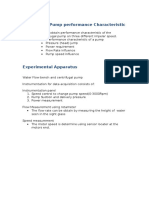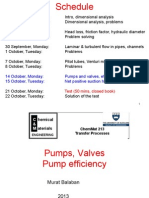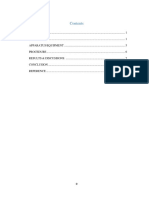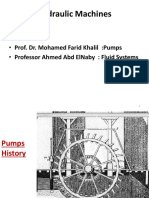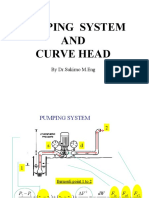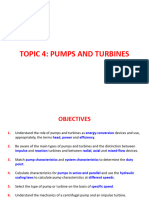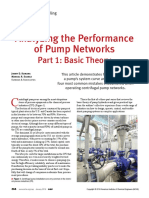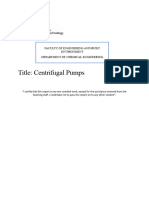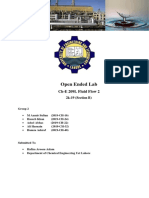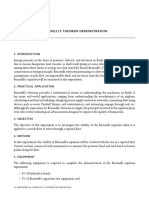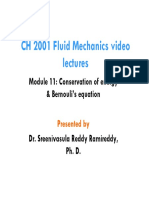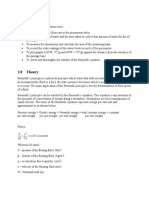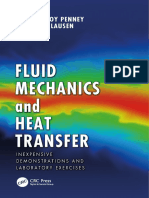0% found this document useful (0 votes)
165 views21 pagesFluid Assignment
The document is an assignment for a fluid mechanics course that requires students to analyze two pumps, Pump A and Pump B, to determine which has a higher volume flow rate. It provides theories on finding the head pump, maximum flowrate, velocity, and head losses which will be used to calculate the operating point and best efficiency point of each pump. The assignment aims to justify whether the boss's claim that Pump B's volume flowrate is over 2 times greater than Pump A is true or not.
Uploaded by
aqilahshafieCopyright
© © All Rights Reserved
We take content rights seriously. If you suspect this is your content, claim it here.
Available Formats
Download as DOCX, PDF, TXT or read online on Scribd
0% found this document useful (0 votes)
165 views21 pagesFluid Assignment
The document is an assignment for a fluid mechanics course that requires students to analyze two pumps, Pump A and Pump B, to determine which has a higher volume flow rate. It provides theories on finding the head pump, maximum flowrate, velocity, and head losses which will be used to calculate the operating point and best efficiency point of each pump. The assignment aims to justify whether the boss's claim that Pump B's volume flowrate is over 2 times greater than Pump A is true or not.
Uploaded by
aqilahshafieCopyright
© © All Rights Reserved
We take content rights seriously. If you suspect this is your content, claim it here.
Available Formats
Download as DOCX, PDF, TXT or read online on Scribd
/ 21






